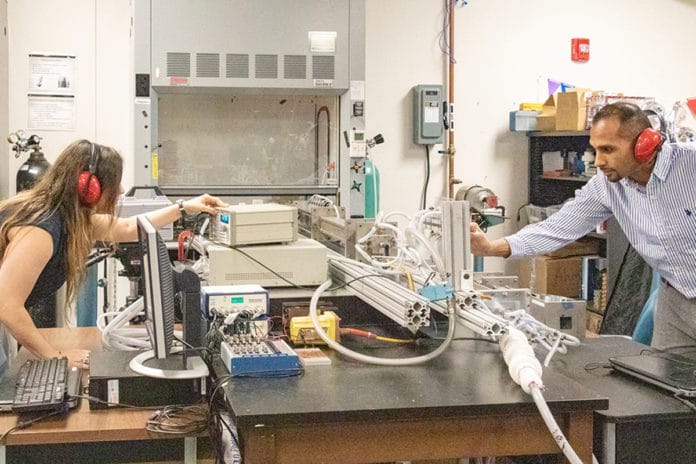A universe is a vast place, and it’s been around for a very long time. Thinking about how it all started is hard to imagine. The best-supported theory of our universe’s origin centers on an event known as the big bang.
The big bang is believed to be the origin of the universe- but how the supernova explosion ignited has long been a mystery – until now.
A new study offers new explanations on the mechanisms that could cause the explosion.
Kareem Ahmed, an assistant professor in UCF’s Department of Mechanical and Aerospace Engineering and co-author of the study, said, “We defined the critical criteria where we can drive a flame to self-generate its turbulence, spontaneously accelerate and transition into detonation.”
“We’re using the turbulence to enhance the mixing of the reactions to the point where it transitions into this violent reaction and essentially leads to supernovas, which is exploding stars in simple terms. We’re taking a simplified flame to where it’s reacting at five times the speed of sound.”
Scientists revealed the criteria for creating a Big Bang-type blast while investigating strategies for hypersonic jet propulsion. As a result, they came across this mechanism that looked very interesting.
Digging in deep, scientists realized that this is relatable to something as profound as the origin of the universe.
Ahmed said, “The key is applying the right amount of turbulence and mixing to an unconfined flame until it becomes self-perpetuating, at which point the flame begins to burn the ingested energy leading to a Mach 5 hypersonic supernova explosion.”
For this study, scientists used a unique turbulent shock tube that allowed explosions to be created and analyzed in a contained environment. They also used ultra-high-speed lasers and cameras for measuring the explosions and help indicate what factors were needed to reach the point where a flame becomes a hypersonic, violent reaction.
The co-authors of the study were Alexei Y. Poludnenko, an associate professor in the University of Connecticut’s Department of Mechanical Engineering and the study’s lead author; Jessica Chambers, a doctoral student in UCF’s Department of Mechanical and Aerospace Engineering; Vadim N. Gamezo, with the Naval Research Laboratory; and Brian D. Taylor, with the Air Force Research Laboratory.
